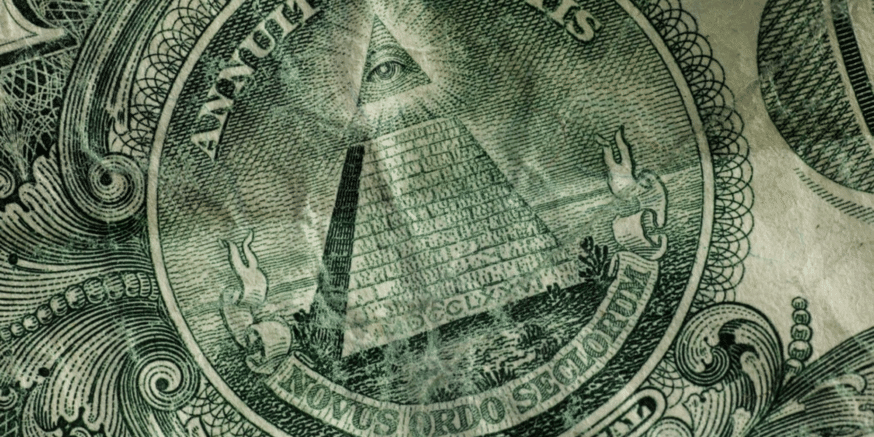Gemini, Coinbase Turn Away Ripple’s Pay-for-Listing Offers
If you’re a Ripple investor and you’ve been distressed over XRP’s inability to hit a major fiat exchange, don’t worry. Garlinghouse and his team have been trying.
However, that may be little consolation, considering all of their attempts have been in vain. Ripple is currently the third largest crypto-asset on the market, with XRP’s price tag of $0.50 adding up to a $19.8bln market cap. Its success has led Jeff Garlinghouse, Ripple’s CEO, to be one of the world’s first and few cryptocurrency-made billionaires.
Still, all of this success and the fat stacks of cash that comes with it mean little to Gemini and Coinbase exchanges. Even as Ripple tried to buy its way onto both, neither would consider it, according to anonymous sources that tipped-off Bloomberg. A listing on either exchange would earn the currency a title alongside crypto’s nobility, as Coinbase only features Bitcoin, Ethereum, Bitcoin Cash, and Litecoin, while Gemini is more exclusive still with only Bitcoin and Ethereum listings.
Indeed, fiat pairs are a coveted commodity in the cryptocurrency realm, where getting a token listed on an exchange of any kind is a high-rolling endeavor. So high-rolling, in fact, that some projects pay anywhere from $1mln to $3mln to have their coins listed, according to a report by Autonomous Next.
For Ripple’s own efforts, these prices are fairly accurate. Per Bloomberg’s sources, the organization offered the Winklevoss-owned Gemini $1mln dollars for a USD/XRP pair on its exchange. The attempted deal, which was brokered in 2017, would have seen XRP listed in Q3 of the same year. When Gemini declined the offer, Ripple reverted to additional negotiations, such as a rebate payment plan and fronting the costs of the integration.
No dice.
After this impasse, Ripple turned to Coinbase last fall, arguably the more popular of the two options, as Coinbase runs the worldwide table on crypto-to-fiat trading pairs. And this time, Ripple upped its ante, offering to loan the company $100mln worth of XRP to kick-start trading on Coinbase and, presumably, its exchange counterpart, GDAX. As part of the deal, Coinbase would be allowed to pay back the loan in either XRP or dollars, while the sources pointed out that the later option would have given Coinbase the opportunity to profit off the deal if XRP increased in price after the listing.
If Coinbase had listed XRP before January, it certainly would have profited. But this is, in part, due to Ripple’s price appreciation in anticipation of such a listing. Between December and January, rumors of an imminent Coinbase listing threw the coin’s price to nearly $4.00, achieving an all-time high of $3.84 according to CoinMarketCap. After Coinbase denied these rumors in January–and again in March after they briefly resurfaced–XRP has made a precipitous decline.
Part of Coinbase’s and Gemini’s hesitation may surface from the fact that the United States SEC has warned these unlicensed exchanges not to list tokens that they may deem as securities. Since XRP is under the control of a single company, Ripple, there’s an argument to be made that it could fall under such a classification. Such regulatory uncertainty has been a source of anxiety for cryptocurrency enthusiasts and entrepreneurs, as crypto-assets being retroactively labeled as securities could cause a legal nightmare for projects and exchanges both.
In response to the developments, Emmalee Kremer, a spokeswoman for Ripple, claimed that some of the information given to Bloomberg is inaccurate, though she failed to specify which information, in particular, is false. Instead, she told Bloomberg that “Ripple has always been transparent about [its] focus on building and growing a strong XRP ecosystem,” continuing to say, that “[the Ripple team wants] XRP to be the most liquid digital asset possible to enable faster, cheaper global payments.”
A crypto-to-fiat trading pair on two of the United State’s most popular exchanges would certainly ensure that liquidity. But until there’s more legal and regulatory clarity from the United States government or XRP is cleared of security status, it’s unlikely these pairs will surface anytime soon.






